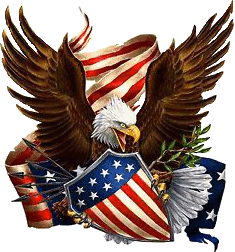Tag: battle of second Winchester
Gettysburg campaign – the invasion of Pennsylvania (june 1863)
source : ‘the atlas of the civil war’ by James M. McPherson, Courage Books, 2005
Following his victory at Chancellorsville in may, 1863, general Lee received approval from his government to invade the north. Lee hoped an invasion would fuel the northern peace movement and, at least, disrupt the Union war effort. After the death of Stonewall Jackson, Lee’s army of northern Virginia, 75.000-strong, had been reorganized into three army corps under Longstreet, Ewell, and A.P. Hill, with a cavalry division under J.E.B. Stuart. On june 3, advance troops of the confederate army left their camp near Fredericksburg and marched west toward the Shenandoah valley.
The 95.000-strong federal army of the Potomac, under general Hooker, was initially uncertain of Lee’s intentions. On june 9, Hooker ordered cavalry general Alfred Pleasonton to conduct a reconnaissance with 11.000 men across the Rappahannock river toward Brandy station. Pleasonton ran into Stuart’s cavalry, and the largest cavalry battle of the war ensued. The result was a standoff, but the federals were now alerted to the confederate army’s movements.
By june 13, elements of Ewell’s corps appeared before Winchester. On the same day, Hooker withdrew the army of the Potomac from the Rappahannock and ordered it north. On june 14-15, Ewell attacked the 9.000-strong federal garrison at Winchester and defeated it, inflicting heavy losses and capturing much valuable war material.
After Winchester, Lee’s army moved unchecked into the Cumberland valley of Pennsylvania. On june 25, Lee agreed to Stuart’s plan to take three brigades of cavalry across the Potomac east of the Blue Ridge mountains, and cut across the rear of the federal army. Stuart’s march encountered frequent delays and detours and an increasingly aggressive federal cavalry, and was unable to rejoin Lee until july 2.
By june 28, Longstreet and Hill’s corps were at Chambersburg. Divisions of Ewell’s corps had crossed the mountains to York and Carlisle, and were preparing to move against Harrisburg. However, Lee learned on this day that the federal army was at Frederick, and that Hooker had been replaced by general Meade. Lee decided to bring his entire army east of the mountains and offer battle. At the same time, Meade moved his army north. By june 30, both armies were converging upon Gettysburg and the battle, which would be the turning point of the war, was set to commence.



You must be logged in to post a comment.